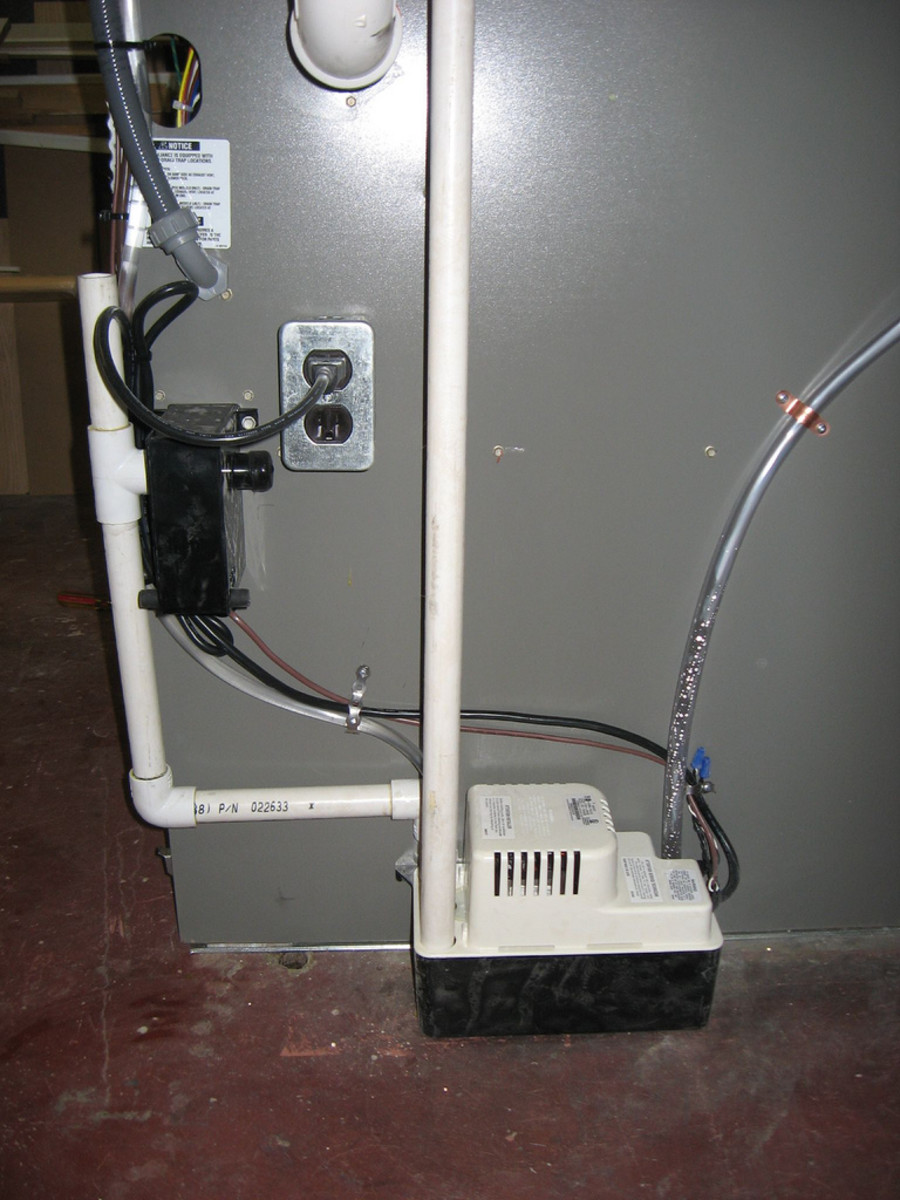RobS2244
New Member
I recently moved into a new house. We have 2 condensing units outside. One of them wasn't working, so we had a service repairman come out and take a look. He came out and determined it needs a new compressor (this is unrelated to my question). Anyway, he put refrigerant in the already working condensing unit, saying it was very low and he was surprised it was still putting out cold air. As far as I know, that is all he did, but I was not there so I cannot confirm with 100% certainty. Anyway, the very day he left, condensation from the furnace in the basement, which relates to the already working condensing unit, was coming out of the condensate line at a fast pace and filled the hole in the concrete of the basement that the condensation drips, and apparently drains, into. I note that the hold just leads to dirt. The hole had never overflowed in the 2 months prior. The condensation is dripping at 1 to several drops per second when the unit is running. I don't know what the pace was prior to the repairman's arrival. I have attached some pictures, which hopefully help.
My questions are: Does this setup look correct? From my research, it looks like the condensate line should be run to the outside of the home to drain, rather than just draining into dirt under the home. Is it possible that this line is a auxiliary/failsafe drain and the primary line (perhaps going outside) is not working correctly. I know the home inspector noted in his report that the condensation drains outside by the condensing unit, but I do not see where. Also, I do not see another area on the furnace where there would be another condensate line. Could the repairman have shut a drain off somehow? I do not see a line pump, unless it could be inside the housing of the furnace. It just seems too coincidental that the floor drain overflowed for the first time within hours of the repairman coming.






I really appreciate anyone's help on this.
My questions are: Does this setup look correct? From my research, it looks like the condensate line should be run to the outside of the home to drain, rather than just draining into dirt under the home. Is it possible that this line is a auxiliary/failsafe drain and the primary line (perhaps going outside) is not working correctly. I know the home inspector noted in his report that the condensation drains outside by the condensing unit, but I do not see where. Also, I do not see another area on the furnace where there would be another condensate line. Could the repairman have shut a drain off somehow? I do not see a line pump, unless it could be inside the housing of the furnace. It just seems too coincidental that the floor drain overflowed for the first time within hours of the repairman coming.
I really appreciate anyone's help on this.

